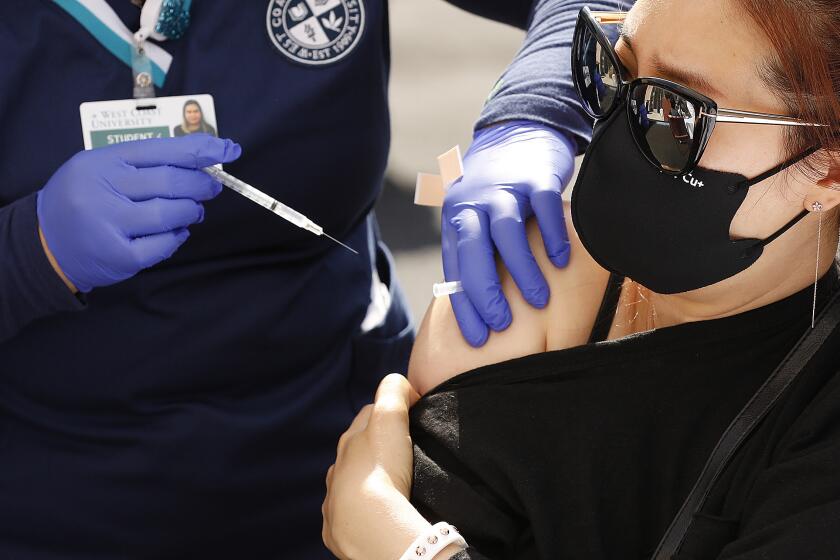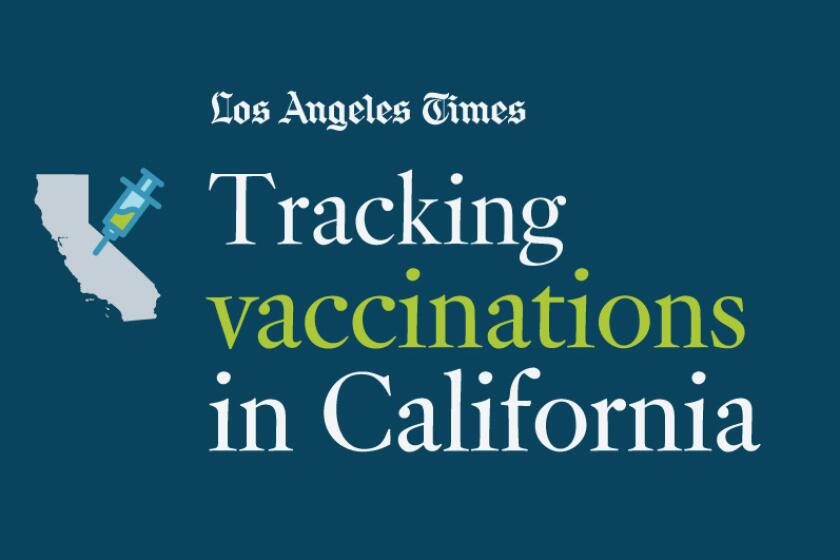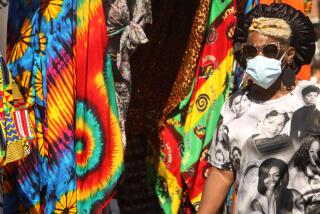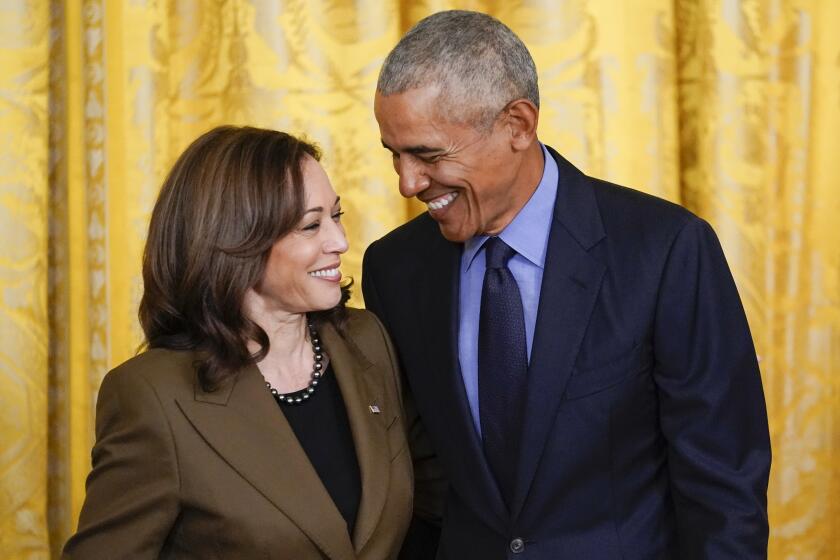Do I still need to wear a mask outdoors? There is a growing debate
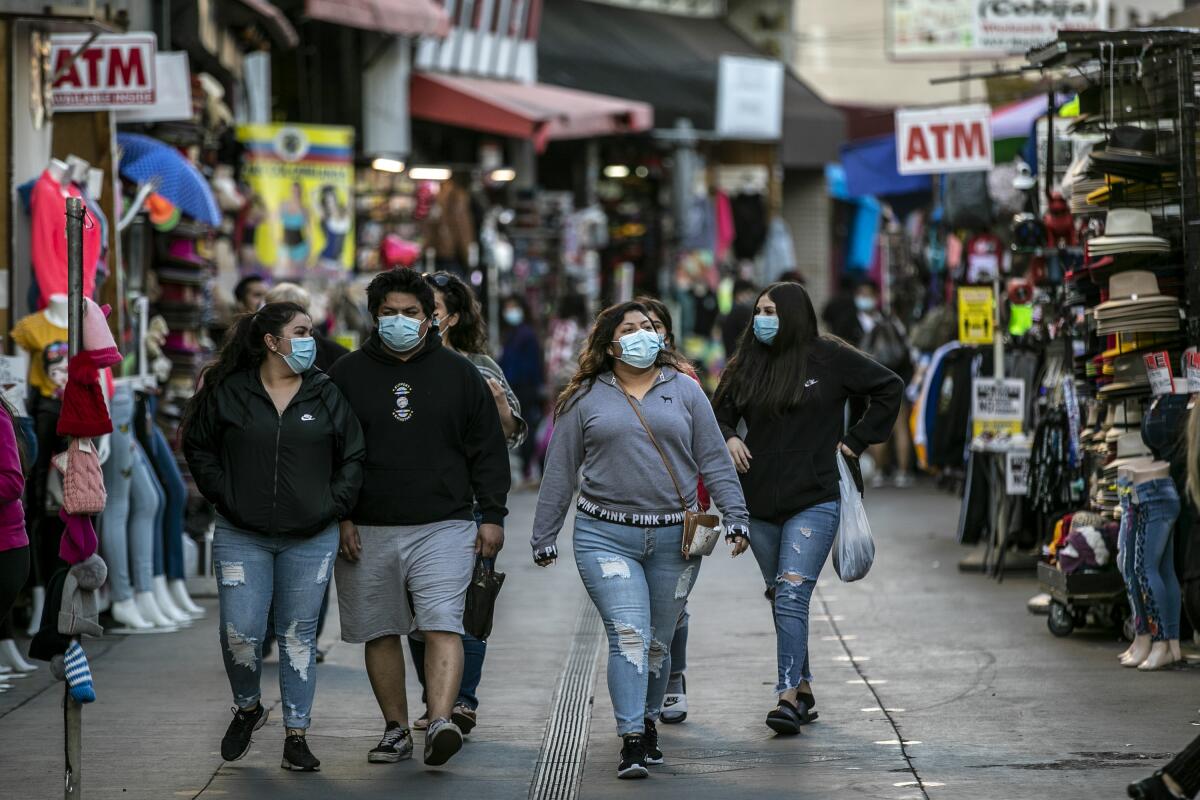
As COVID-19 vaccinations increase and nationwide case rates continue to decline, the country’s top health experts are considering whether and when face mask guidelines can become more lenient.
“We do need to start being more liberal as we get more people vaccinated,” Dr. Anthony Fauci, the director of the National Institute of Allergy and Infectious Diseases, said Sunday on ABC’s “This Week.”
But Fauci also said the country was averaging about 43,000 coronavirus cases daily and noted that “we’ve got to get it much, much lower than that” to effectively reduce the risk from the virus.
When the case count drops lower, he said, “the risk of any infection — indoor or outdoor — diminishes dramatically.”
Fauci’s statements were, in part, a response to comments Sunday by Dr. Scott Gottlieb on CBS’ “Face the Nation.” The former Food and Drug Administration commissioner said the country was “at a point now where we could start lifting these ordinances and allowing people to resume normal activity.”
Gottlieb said outdoor mask restrictions should be lifted and that indoor restrictions could begin to be loosened in states where prevalence of the coronavirus was low, vaccination rates were high and testing was successfully identifying infections.
“If you’ve been vaccinated with the mRNA vaccines or the J&J vaccine, your risk is very low for having a bad COVID outcome, and your risk of getting an asymptomatic infection that you could spread to others is also substantially reduced,” said Gottlieb, who also sits on the board of Pfizer. “The data now does support that, so we could start drawing some firm conclusions and basing our public health advice on that.”
But even after the Centers for Disease Control and Prevention said fully vaccinated Americans could stop wearing masks outdoors unless they were in a crowd of strangers, many Los Angeles residents are continuing to mask up as they weigh the risk. Some say it’s hard to break the habit.
“It’s been ingrained in us over the last year,” said Aaron Lemos, 54, of Northridge, who still pulls a mask over his face whenever he passes strangers outdoors. A teacher, Lemos said he wouldn’t yet feel comfortable teaching a room full of maskless students even though he had been vaccinated, both for his own safety and for the safety of his students and their families at home.
“Would I like to not wear a mask? Yes. But for the sake of of my family and community, I feel I should still wear it,” he said. “Until we ensure that COVID will be manageable, like the seasonal flu, then I will still wear a mask.”
Officials are hoping people who have not gotten their shots will take advantage of the opportunity at a time when demand for vaccinations is dropping.
The larger conversation around face masks came just days after the CDC updated its COVID-19 science brief to emphasize the virus’ airborne transmissibility.
Transmission occurs in three principal ways, the agency affirmed, including the inhalation of aerosol particles, deposition of virus droplets onto mucous membranes such as the mouth, nose and eyes, and touching mucous membranes with “soiled hands contaminated with the virus.”
Dr. Peter Chin-Hong, professor of medicine and an infectious disease specialist at UC San Francisco, said the CDC’s update was not new information but that it was a “reinforcement that some settings are much riskier than others,” including indoor gatherings.
And although there is some consensus around outdoor rules, Chin-Hong said, it may be too soon to throw masks off completely while indoors.
“I don’t think we’re there yet,” he said. “Even if you are vaccinated, the more people you bring together, the higher the chance of non-responders getting together where they can transmit.... The larger the group, the higher the chance that two people didn’t get protection.”
He also noted that many people might continue to wear masks out of habit or for personal reasons that might have nothing to do with COVID-19.
“Essentially, it’s one thing that we have control over in the pandemic,” he said. “And if, at the end of the day, we have better acceptance of people wearing masks to protect other people when they have a cold or something, I’m all for that.”
Fauci echoed that notion Sunday when he told NBC’s “Meet the Press” that mask wearing could become a seasonal habit. The flu season this year was “practically nonexistent” because of COVID-19 public health protocols, he said.
“During certain seasonal periods, when you have respiratory-borne viruses like the flu,” Fauci said, “people might actually elect to wear masks to diminish the likelihood that you’ll spread these respiratory-borne diseases.”
Experts say about most Americans will need to be vaccinated to bring the coronavirus pandemic under control. Track California’s progress toward that goal.
California, as a whole, is faring well. Nearly half of the state’s residents have received at least one dose of the COVID-19 vaccine, according to The Times tracker, and hospitalization numbers continue to tumble. Statewide, there are 1,546 people hospitalized with COVID-19 — a 10% decrease from two weeks ago.
Los Angeles County also is making progress with vaccines and reopenings. Nearly 49% of residents are at least partially vaccinated, and the county last week moved into yellow tier, the least restrictive category in the state’s color-coded reopening system. Public health officials on Monday predicted that the county could reach herd immunity by the end of July.
“We are making great progress because we have so many people that are getting vaccinated, and that is absolutely the opportunity to move forward,” Barbara Ferrer, L.A. County public health director, said during a news briefing Monday, noting that it is “already safe” for fully vaccinated people to take their masks off indoors when they are with other fully vaccinated people.
But it is difficult to apply broad guidance to an entire population, Chin-Hong said. Varying levels of herd immunity, as well as large disparities in vaccination rates within communities, mean that a one-size-fits-all approach probably won’t apply.
“Population guidance is always very crude and applies to everyone in general, whereas on an individual level there are tons of different situations, not just [from] person to person but place to place,” he said. “That makes it very challenging to make an overall guidance that hits everyone, and every location in the country, equally.”
Some L.A. residents have taken that individual approach to heart, forging standards that give weight to expert guidance and to personal comfort levels.
“I no longer wear a mask if I’m walking outside alone, or if I’m around other fully vaccinated people,” said Hollywood resident Geoff Pilkington, 39. But Pilkington will still wear a mask if he’s uncertain whether those around him have been vaccinated, he said.
“People should not be shaming fully vaccinated people for choosing not to wear masks and not social distance around other fully vaccinated people. Fully vaccinated people have that right and are following updated CDC guidelines,” he said. “However people should also not be shaming those who are fully vaccinated who want to be extra cautious and choose to wear a mask at all times.”
More to Read
Sign up for Essential California
The most important California stories and recommendations in your inbox every morning.
You may occasionally receive promotional content from the Los Angeles Times.
